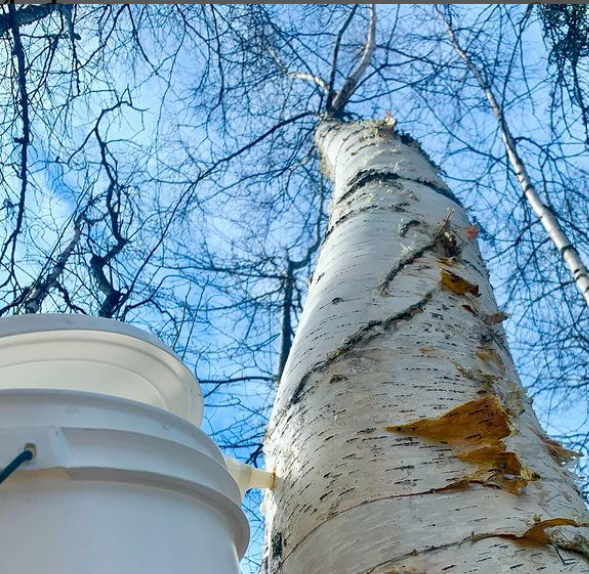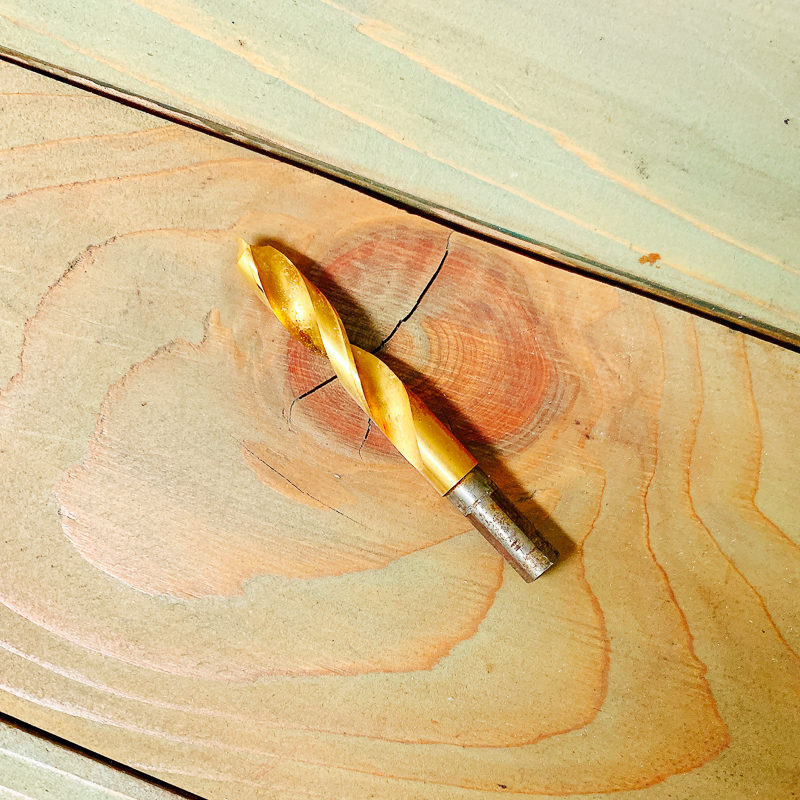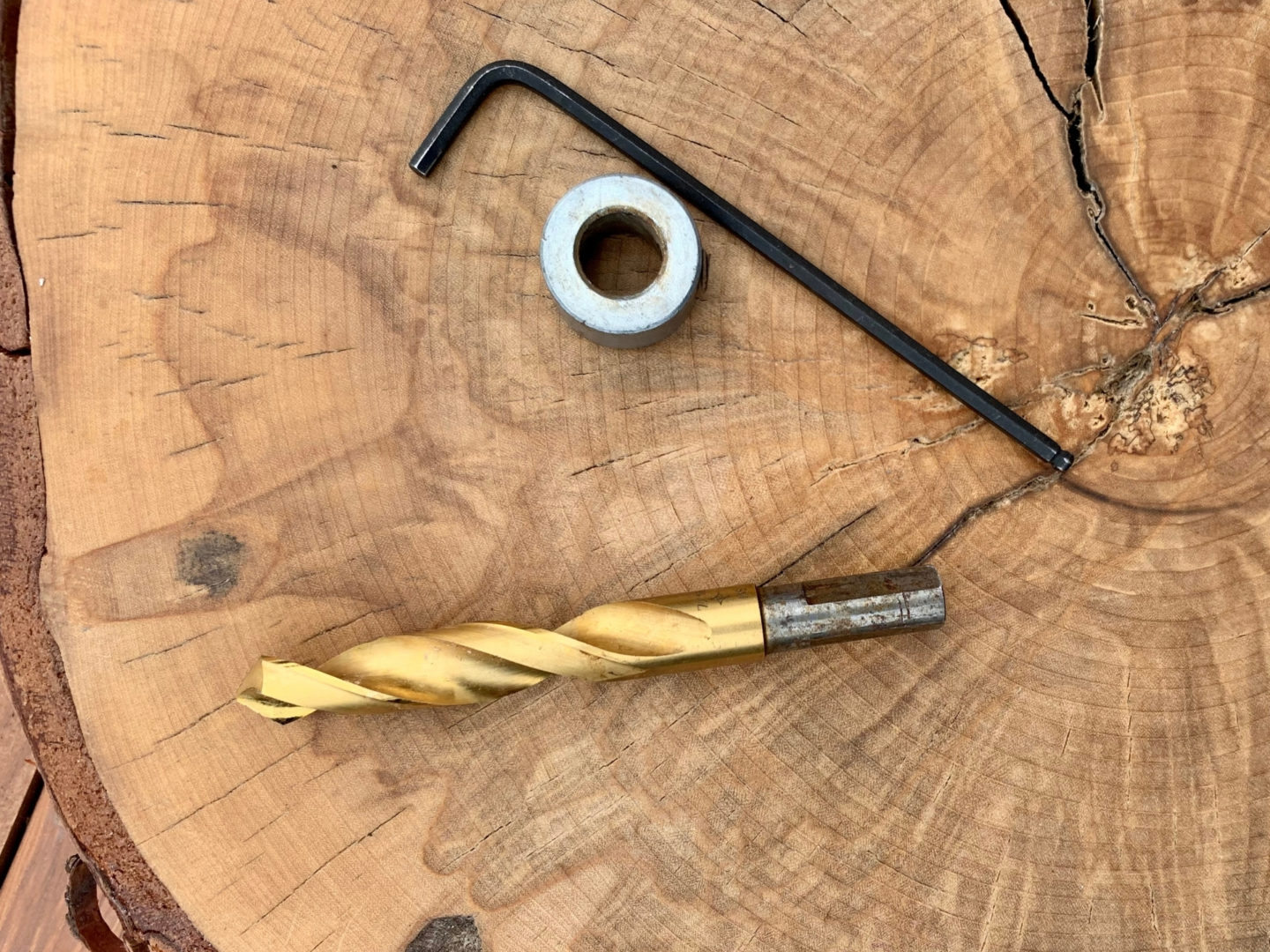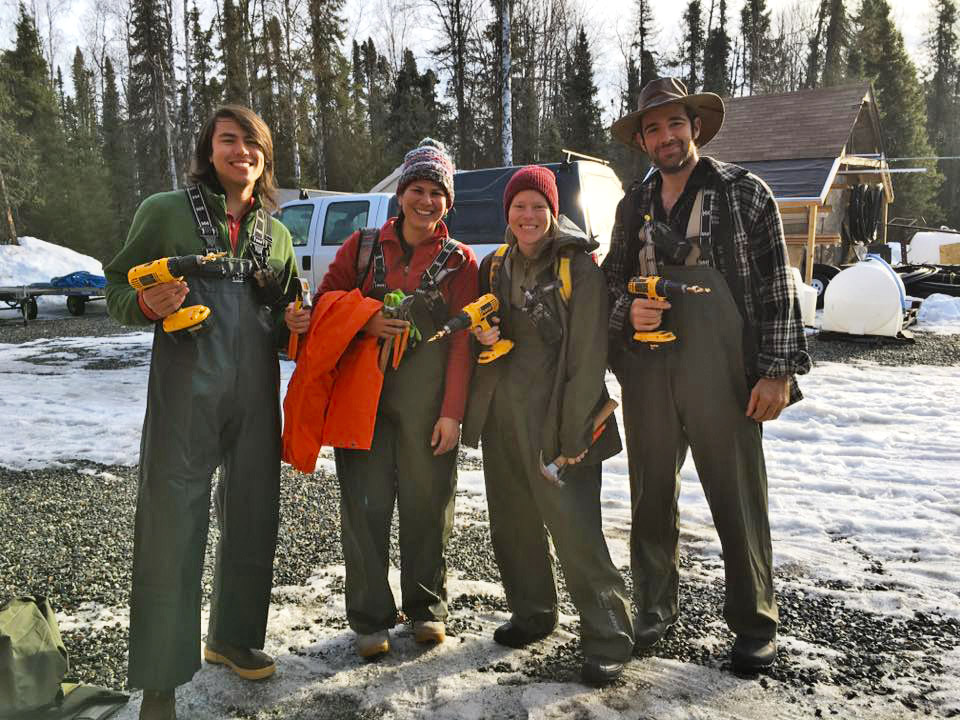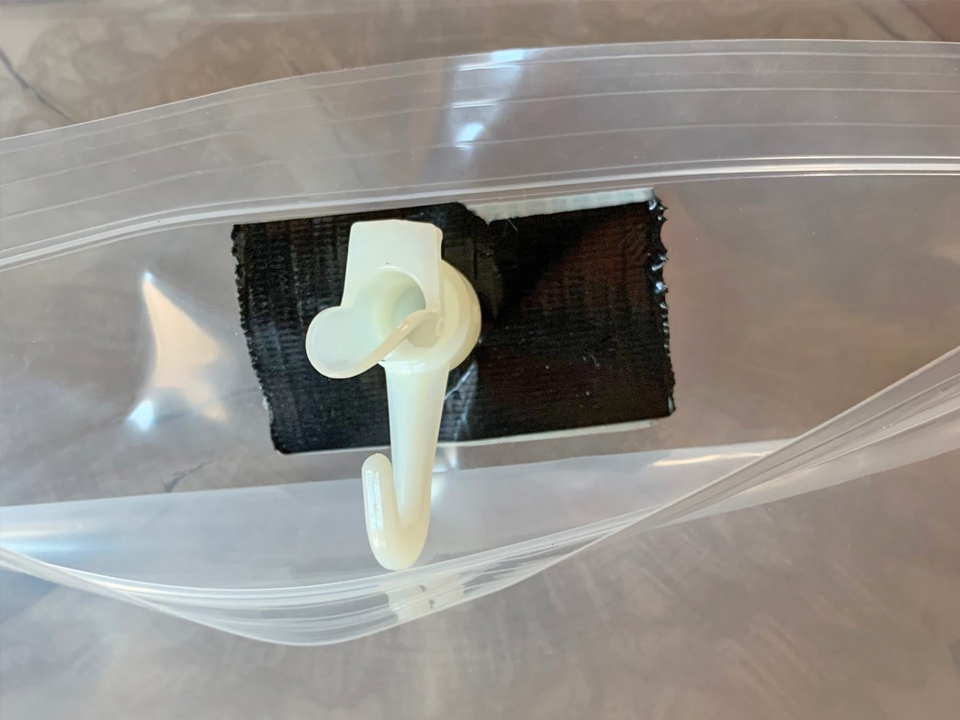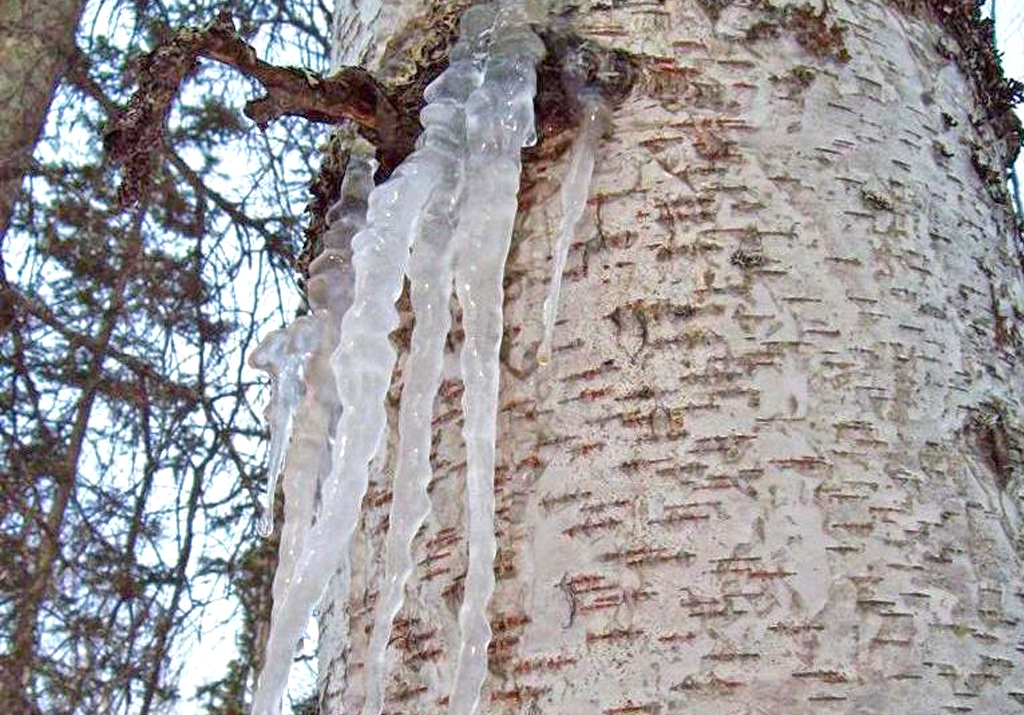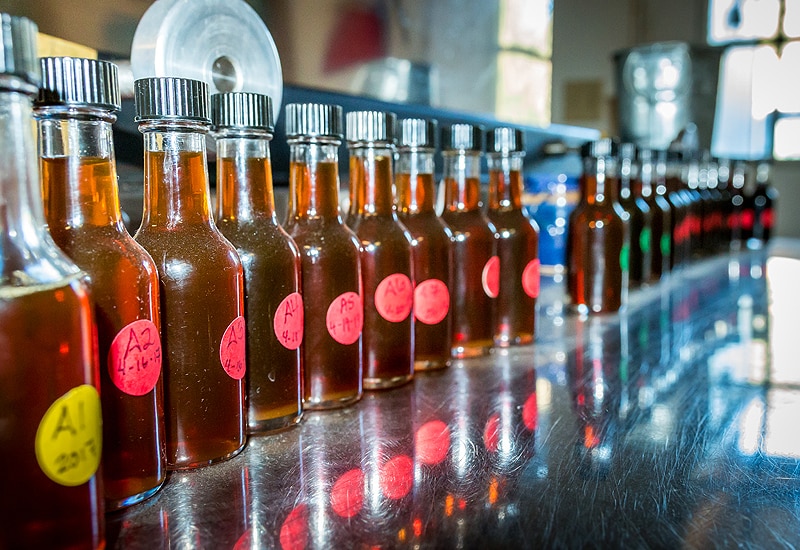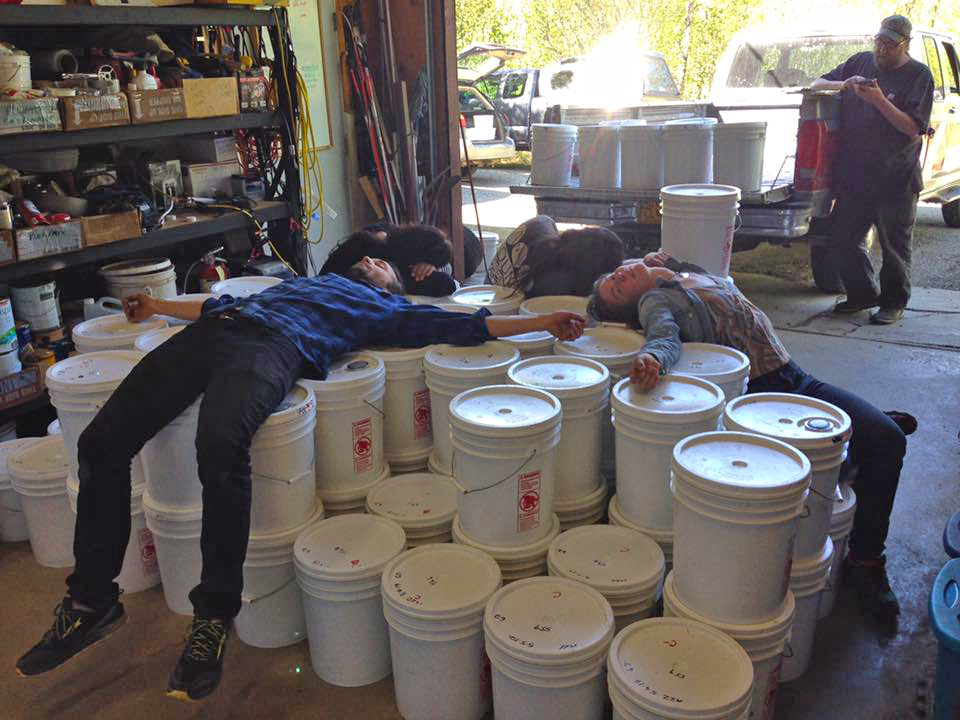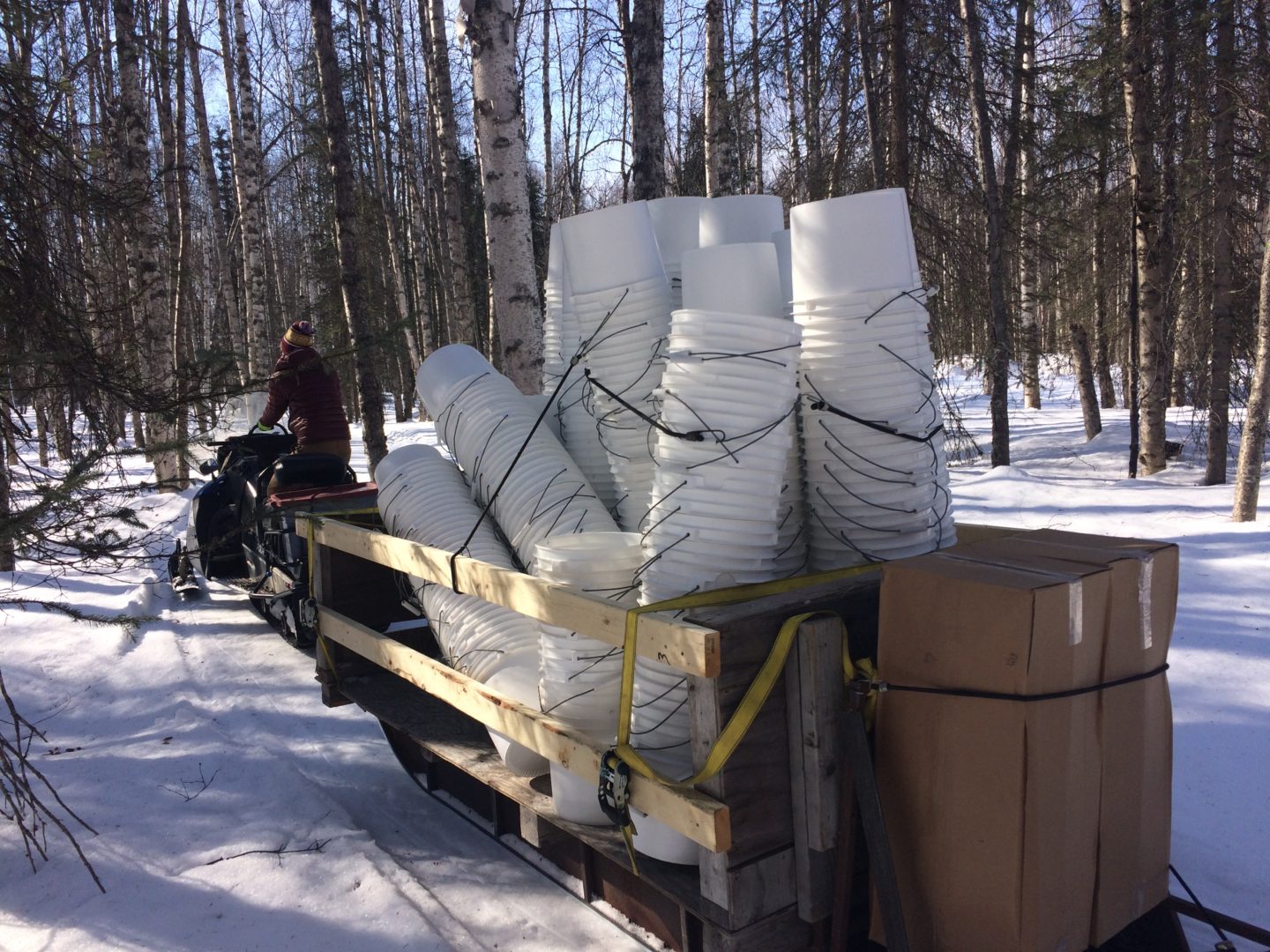Picking the Right Tree
You can start tapping birch trees 8” in diameter or larger around Mid-April. Be sure your tree looks healthy and avoid any trees that have been exposed to pesticides.
You can get a good idea if they are healthy but looking for ones with a good full crown. If there are lots of deadwood in the crown or fungus growth on the trunk, you could have a very old and less then healthy tree. If you tapped in and got brown wood instead of white you could be in a dead part of the tree. Look for an area of the tree to tap that looks full or prominent, like a vein. It will often have a healthy branch above it.
EXPERT’S TIP: Tapping the tree on the side with full sun exposure might help get them running sooner. But be careful, this will also cause the sap turn earlier. I like to tap the east or north side of the tree to keep the sap out of the sun and fresher. I have learned to “read the trees” after 30 years; you may not get it right the first time!
Installing the Spout
When tapping the trees, use a 7/16” drill bit, to correspond to the size of the spout used. Drill approx. 1 ½” into the tree at a very slight upward angle, quick in and out. South-facing will start running earlier, but north-facing will be better for preserving the sap. Make sure the wood you drill into is white, not brown. Use a stick to clear out any shavings.
Before installing spouts, sterilize them in rubbing alcohol. Tap the spouts gently into the tree with a hammer. The spout needs to be tight enough to hold the weight of your container or sap bag full of sap, but not so tight as to split the wood around the hole.
Expect the sap to run from 14 to 21 days. On average each tree can yield you an average of ¾ to 1 gallon of sap per day. Beware, some trees are gushers!
Drink the sap!
It’s a spring tonic – rejuvenating and hydrating! Sap is very perishable, but will keep in your refrigerator for several days, and in your freezer forever 🙂
Check out our FAQ section below for tips and tricks from the Alaska Birch Syrup experts!

